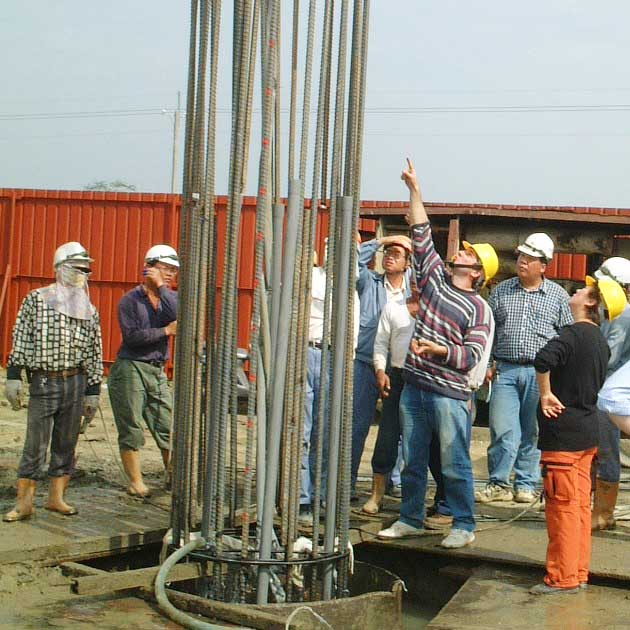

University courses and courses for professionals |
||
The SHM lab is in charge of the university courses listed below. In addition, SHM lab organizes short courses for professionals. Scroll down to see brief course summaries, or click on the links below to visit specific course websites.
|
||
Course summaries |
||
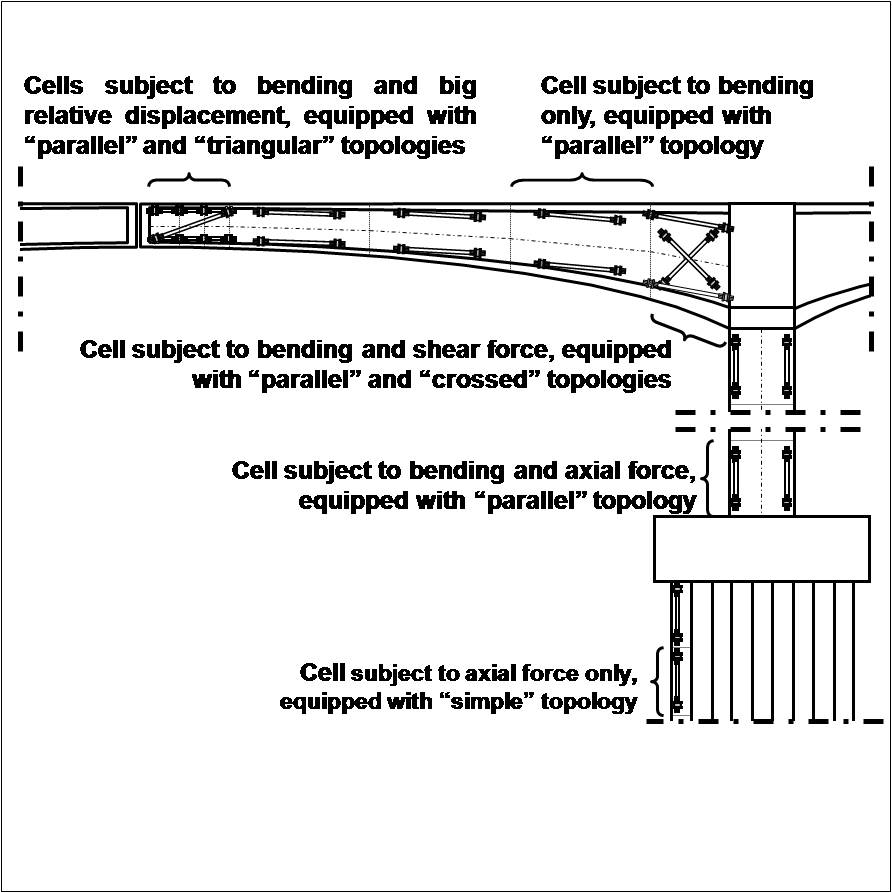 |
CEE 439/539: STRUCTURAL HEALTH MONITORING (SHM) |
|
Summary Needs for optimization of maintenance costs, increase of safety, and continuous developments of new construction materials and methods, as well as recent technological developments in various branches of science and engineering led to creation of this relatively new, interdisciplinary branch of engineering – Structural Health Monitoring. The course is oriented to graduate students, but undergraduate students of higher years are welcomed too. A fair knowledge in Construction Materials, Structural Analysis, and Engineering Mathematics is expected from participants. The homework and hands-on will be based on Streicker Bridge project and other various real projects. See more at CEE 439/539 course website. This course was first offered in fall term 2009-2010, then biennially.
|
||
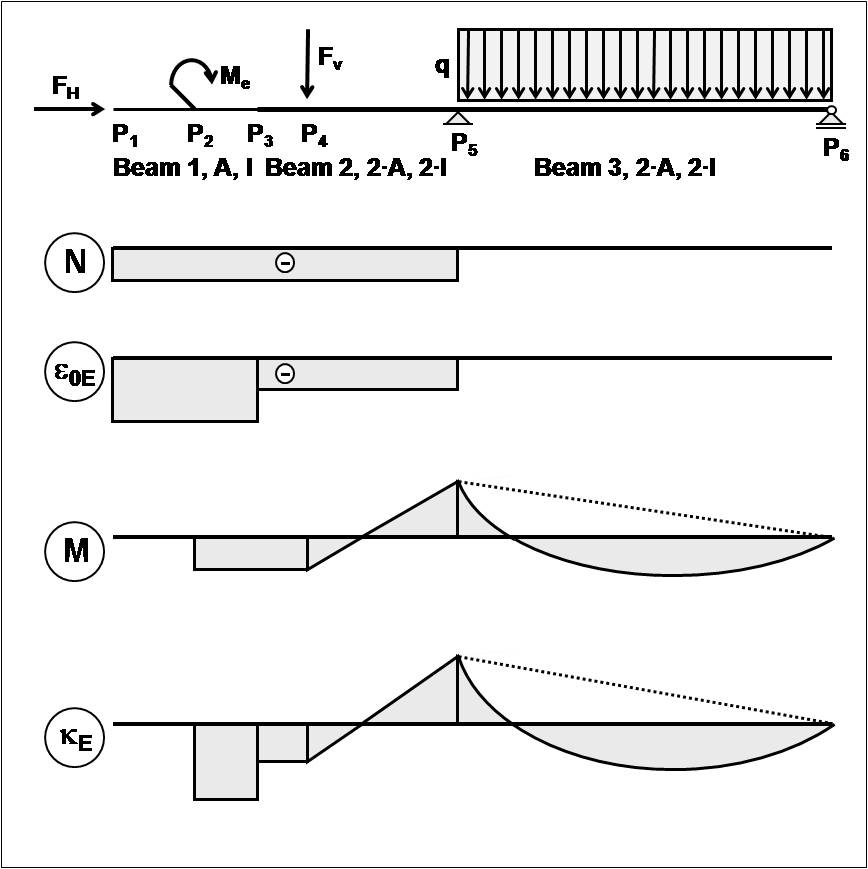 |
CEE 312: STATICS OF STRUCTURES |
|
Summary The aim of the course is to further develop the notions of internal forces and displacements, to the instruct students how to design and analyze the structures, and to prepare them for the higher level courses in particular for CEE 361 Structural Analysis & Introduction to Finite Element Method and CEE 366 Design of Reinforced Concrete Structures. The lectures and classes will be illustrated using graphical statics and examples from practice including the Streicker Bridge at Princeton campus. The prerequisite for the course is CEE 205 Mechanics of Solids. See more at Statics of Structures course website. This course was first offered in spring term 2009-2010, then annually. |
||
 |
CEE 521: CONTINUUM MECHANICS |
|
Summary This course deals with advanced theory regarding stress, strain, and deformation or flow in solids, liquids, and gases. The course focuses to materials that can be considered as continuous, with no gaps, pores, or other empty spaces. The aims of the course are to enhance knowledge in higher level mathematics and adopt mathematical language necessary for learning the theory and conducting the research related to mechanics of materials, to teach the theory describing mechanics of continuous media including both solids and fluids, and to create solid basis for the research requiring higher level knowledge in mechanics, such as numerical modeling with finite element methods, and beyond. See more at Continuum Mechanics website. This course was first offered in fall term 2010-2011, then biennially. |
||
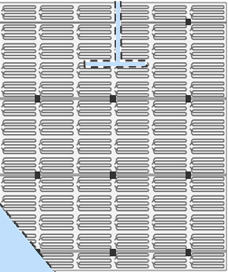 |
ELE 547C: SELECTED TOPICS IN SOLID-STATE ELECTRONICS: LARGE AREA ELECTRONICS |
|
Summary Large-area electronics is where dense and localized electronic devices, made of conventional as well as revolutionary materials, are spread out over large surfaces. Conventional electronics compares to large-area electronics like the human brain compares to the body's nervous system, which is composed of extremely diverse sensors and actuators; the two can work synergistically towards systems with new possibilities. The newest research, on topics ranging from architectures and application demonstrations to circuits, new materials, devices and processes, is covered. The course was taught jointly by Professors Sigurd Wagner (ELE), James C. Sturm (ELE), Craig Arnold (MAE), Branko Glisic (CEE), Antoine Kahn (ELE), Lynn Loo (CHE), and Naveen Verma (ELE). It was coordinated with a series of seminars given by Princeton Global Scholar Prof. Takao Someya and with seminars by Prof. Barclay Morrison (Columbia), Dr. Stéphanie Lacour (Cambridge), and Dr. Kunigunde Cherenack (ETH Zurich). This course was offered in spring term 2010. |
||